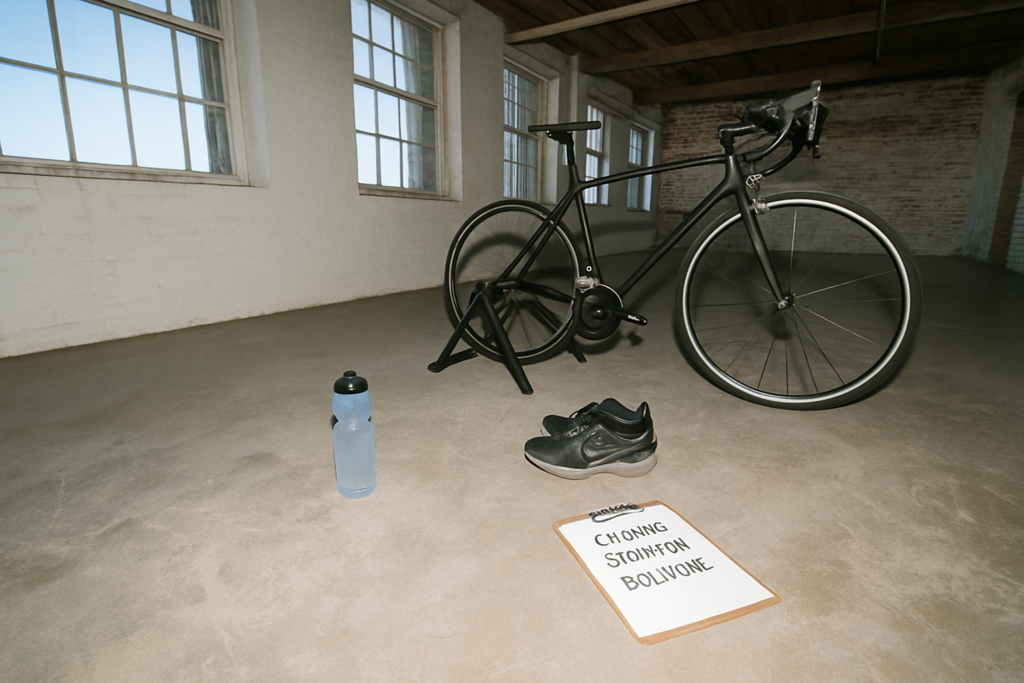Benefits of Post-Ride Stretching for Cyclists
Stretching after a ride offers multiple advantages that enhance a cyclist’s overall well-being. Let’s explore these benefits under two specific categories: muscle recovery and performance enhancement.
Importance of Muscle Recovery
Consistent post-ride stretching supports muscle recovery. Proper stretching reduces muscle stiffness and soreness, enabling quicker recovery.
Stretching increases blood flow to tired muscles, which aids in the removal of metabolic waste and delivery of nutrients. These factors accelerate the healing process, allowing you to be ready for your next ride sooner.
Flexibility and Performance Enhancement
Post-ride stretching improves flexibility, a key element in cycling performance. Enhanced flexibility reduces the risk of injuries caused by tight muscles during rides.
As flexibility increases, cyclists experience a greater range of motion, which leads to more efficient pedal strokes and better overall form.
Improved flexibility also helps maintain a proper posture on the bike, reducing the likelihood of strain or discomfort.
Essential Stretches for Cyclists Post-Ride
Post-ride stretching ensures muscles recover efficiently, enhancing overall cycling performance. Here are key stretches to include in your routine.
Lower Body Stretches
Lower body stretches focus on muscles heavily used during cycling.
- Quadriceps Stretch: Stand on one leg, pull your opposite foot toward your glutes, and hold for 30 seconds. This stretch targets the front thigh muscles.
- Hamstring Stretch: Sit with one leg extended, reach for your toes, and hold for 30 seconds. Engage the back thigh muscles to reduce soreness.
- Calf Stretch: Place your hands against a wall, extend one leg back, keeping the heel on the ground, and hold for 30 seconds. This stretch alleviates tightness in the calves.
Upper Body Stretches
Cyclists often experience tension in the upper body from maintaining a riding posture.
- Shoulder Stretch: Cross one arm over your chest, hold it with the opposite hand, and stretch for 30 seconds. This relieves shoulder tightness.
- Chest Stretch: Stand in a doorway, place your forearms on the frame, lean forward slightly, and hold for 30 seconds. This opens up the chest muscles.
- Neck Stretch: Tilt your head to one side, using your hand to gently pull it closer to your shoulder, hold for 30 seconds and repeat on the other side. This alleviates neck stiffness.
Core and Back Stretches
Core and back stretches support the spine and alleviate lower back pain.
- Cat-Cow Stretch: On all fours, arch your back (Cat), then drop your belly and lift your head (Cow), holding each position for 10 seconds. Repeat 5 times.
- Child’s Pose: Kneel, sit back on your heels, stretch your arms forward, and hold for 30 seconds. This elongates the spine and relaxes the lower back.
- Seated Forward Bend: Sit with legs extended, reach forward toward your toes, and hold for 30 seconds. Engage the lower back and hamstrings.
Incorporating these essential stretches post-ride can greatly aid muscle recovery, reduce stiffness, and improve flexibility, leading to better cycling performance.
How to Incorporate Stretching into Your Routine

Incorporating stretching into a post-ride routine enhances muscle recovery and flexibility. It’s important to know when and how often to stretch.
Timing Your Stretches
Stretching after a ride works best for muscle recovery. Perform stretches within 10 minutes after dismounting to maximize benefits. Stretch each muscle group for 20 to 30 seconds. Repeat twice for optimal flexibility.
Creating a Stretching Schedule
Consistency impacts stretching effectiveness. Stretch after every ride to form a habit. Aim for 3 to 5 sessions per week. Schedule stretches during cool-down phases to integrate seamlessly into rides.
Safety Tips for Stretching
Stretching safely post-ride enhances muscle recovery while preventing injury. Awareness of personal limits and avoiding common errors ensures effective and safe stretching.
Recognizing Your Limits
Understanding personal boundaries prevents overstretching. Stretch to the point of mild tension, not pain.
Tension indicates effective stretching, but pain signals potential harm. If pain occurs, reduce the intensity immediately.
It’s crucial to progress gradually to enhance flexibility over time, avoiding sudden and extreme movements.
Avoiding Common Mistakes
Common stretching errors disrupt recovery. Jerky movements or bouncing while stretching can cause injuries. Hold each stretch steadily for 20 to 30 seconds.
Avoid locking joints, ensuring muscles relax completely. Balance stretching on both sides of the body to maintain muscle symmetry.
Make sure each session covers all major muscle groups affected by cycling to ensure comprehensive recovery.

 I’m Brendamee McCartyierr, and as the founder of Cycle Smooth Ride Long, I'm thrilled to bring you the ultimate resource for all things cycling. Whether you're a seasoned rider or just starting on your cycling journey, our mission is to support your passion for two wheels with trusted advice, insightful reviews, and expert tips.
Cycling is more than just a hobby—it's a lifestyle that promotes health, freedom, and adventure. At Cycle Smooth Ride Long, we’re committed to making your ride smoother, longer, and more enjoyable by providing you with the latest in cycling news, nutrition advice, fitness tips, and gear reviews. We also cater to beginners, offering comprehensive guides to help you get started and build confidence on the road.
I’m Brendamee McCartyierr, and as the founder of Cycle Smooth Ride Long, I'm thrilled to bring you the ultimate resource for all things cycling. Whether you're a seasoned rider or just starting on your cycling journey, our mission is to support your passion for two wheels with trusted advice, insightful reviews, and expert tips.
Cycling is more than just a hobby—it's a lifestyle that promotes health, freedom, and adventure. At Cycle Smooth Ride Long, we’re committed to making your ride smoother, longer, and more enjoyable by providing you with the latest in cycling news, nutrition advice, fitness tips, and gear reviews. We also cater to beginners, offering comprehensive guides to help you get started and build confidence on the road.
